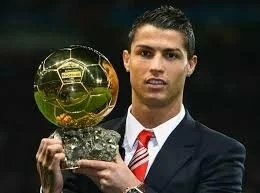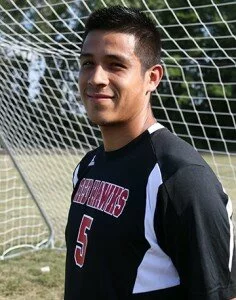David Beckham is one of the most recognized football players of all time. Although some will disagree about his talent on the field, there is no doubt that he could bend it like very few in the history of football. I decided to read the new book that recently came out, The Life and Career of David Beckham, by Tracey Savell Reavis, on his life. I was hoping to learn more about his soccer development growing up. From reading the book, I did get a good sense of why he became the David Beckham. Today I share what I learned from this book about Becks. I did reach out to the author to see if we could get just a little more information about the events of his childhood, but were unable to get her on the show, we are currently working on a time and date. The next best thing is to analyze what I learned from the book and discuss it for your entertainment and education. 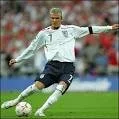
How it all started, the Environment and Parental Support
During the podcast we always discuss the environment and analyze how it impacted the development of players. David Beckham was no different. The book starts out discussing David’s background and where his ancestors came from. It was pretty interesting to learn about his ancestors, but that’s not the reason you are reading this article. The book then describes how young David started playing soccer. David’s father, Tim, played professionally in the lower divisions in England. He would go to training during the week and the young David Beckham would follow. At just 7 years old David would accompany his father to training, sometimes joining the team (yes the pro team for fun), and sometimes stayed after with dad to continue playing. His mother and father were both huge Manchester United fans. David’s grandfather was a Tottenham Hotspur fan. David also visited Wembley stadium and watched many professional games during his childhood. This created a great environment for David to develop and be nurtured. Like any other child, he imitated his parents and wanted to be like his father. “On many different occasions he has remarked on spending time in his family’s back garden, kicking a soccer ball with his father” The Life and Career of David Bekcham; Reavis, Tracey (2014), pg 6. “By the time he was seven years old, David Beckham already had years of football under his belt” (Reavis 2014, pg 5). However very few of those hours were from actual structured training, most of the hours spent were with his father and friends.

slate.com
David recalls playing soccer with the neighbors and his father. He gives most of the credit of developing his free kick to his father. “When I wanted someone to kick a ball around with back in those days of dreaming, Dad was there, sometimes until it was so dark that we could hardly see each other. Mum would be worried because it would be 11 o’clock at night and we still weren’t home. But it was only because I still hadn’t practised my corners enough and I was begging him to stay on and be in goal for a few more. When I needed to be somewhere for a trial, a match or anything else connected with the game, Dad was there to make certain I made it in time. When I wanted advice he was there, although in the end he said it was up to me. With that kind of support behind me from the outset I have learnt to stand on my own two feet and not be afraid to make the right choices. Dad implanted so many of the best practices into me – keep improving, keep practising, keep your love of the game. And sign for Manchester United”. The Free Library, (http://www.thefreelibrary.com/WORLD+CUP+98%3a+I+only+ever+wanted+to+play+football+but.+.+.+I+never…-a060650935) As you can see, David had an exceptional environment around him. Although we can’t all be professional players and take our son or daughter with us to training, we can offer many of these things that David’s father offered. We can choose to stay after practice, or go in the backyard and practice our kicking. We can be there for our kids when they need to be at practice or at a game.
style=”display:inline-block;width:728px;height:90px”
data-ad-client=”ca-pub-8973546288233833″
data-ad-slot=”5249454164″>
So how much does parental support matter with young kids. And when I say parental support, I don’t mean just going to games and yelling, but actually encouraging and taking part in the development. Playing with them, coaching them, learning with them, and supporting them. The author goes on to state “But it was David’s father who had the most influence in his early football development. The elder Beckham nurtured this talent by working with David and honing his skills hour after hour, night after night at Chase Lane Park” (Reavis, 2014, pg 7). The father later explained “I can’t say how much is down to me. I’am just part of a big cog that’s helped him to get where he is today. I was probably the big cog at the begining but there’s been other cogs since. We’d go over to the park all the time for a kick-around. I’d get one side of the goal and David the other and we’d try to chip the ball and hit the crossbar. Chipping in the park with his father helped him learn the technique. “He’s admirable, I mean he was willing to put in the time needed to develop what would be the most effective method. He practiced it, day after day, session after session, year after year. And he perfected it” (Reavis, 2014, pg 8).
Organized Soccer
David soon started playing organized soccer at about 8 years old. Joining a very small club in his community that was started by his father and a few other parents. They simply put an ad up in the newspaper and made a team, Ridgeway Rovers. His father and Coach Underwood started coaching the team. Coach Underwood is quoted in Reavis, 2014, stating that “David looked a professional from day one. Even at eight he could hit the ball from every corner of the pitch. his timing was incredible. He could strike the ball like a rocket – from any distance”. (Reavis, 2014, pg 10). What that tells me is that David was already good when he joined his first team, so it will be difficult for anyone to take credit for what he became, except his father. It was his father that introduced, maintained, and nurtured David’s love for the game. The book later discusses that the team, Ridgeway Rovers, won several cups and tournaments etc. which tells me that they had very good players to begin with since they started winning at a young age. The author later mentions that there were 4 other kids who went on to play professionally on David’s team.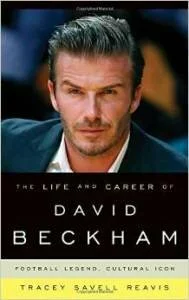
Conclusion
David Beckham is known for his free kicks and good looks. On the field he was above average because of his passing accuracy. But when there was a free kick, there are very few that can do it better, ever. If free kicks were eliminated from soccer, David would still have been a very good player. He was not very good at 1 v 1, but he was an excellent passer. All those nights he spent with his father, chipping the ball and trying to hit the crossbar were hours and hours of practice. However it was just a game to young David. He didn’t realize that he was preparing himself to be a magnificent goal scorer from set pieces. This is the intrinsic learning that Ted Kroeten talks about in Episode one of the YSE Podcast. When you are having fun, you learn without thinking about it. David Beckham wanted to spend time and play with his dad, but he wound up becoming a legend.
style=”display:inline-block;width:728px;height:90px”
data-ad-client=”ca-pub-8973546288233833″
data-ad-slot=”5249454164″>
This is a lesson for all parents, just go have fun with your child. In the end, you will win no matter the outcome. If they go on to be great football players, great, …. if not, then you still spent quality time with your son or daughter and that will have its own benefits.
If you would like to purchase the book The Life and Career of David Beckham: Football Legend, Cultural Icon , by
Tracey Savell Reavis, click on the link and it will take you to Amazon.com.
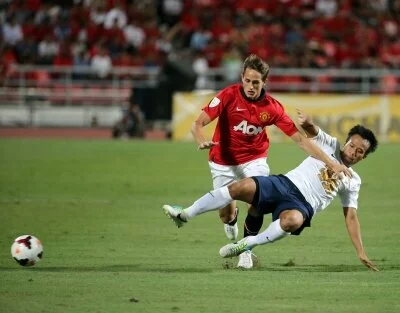
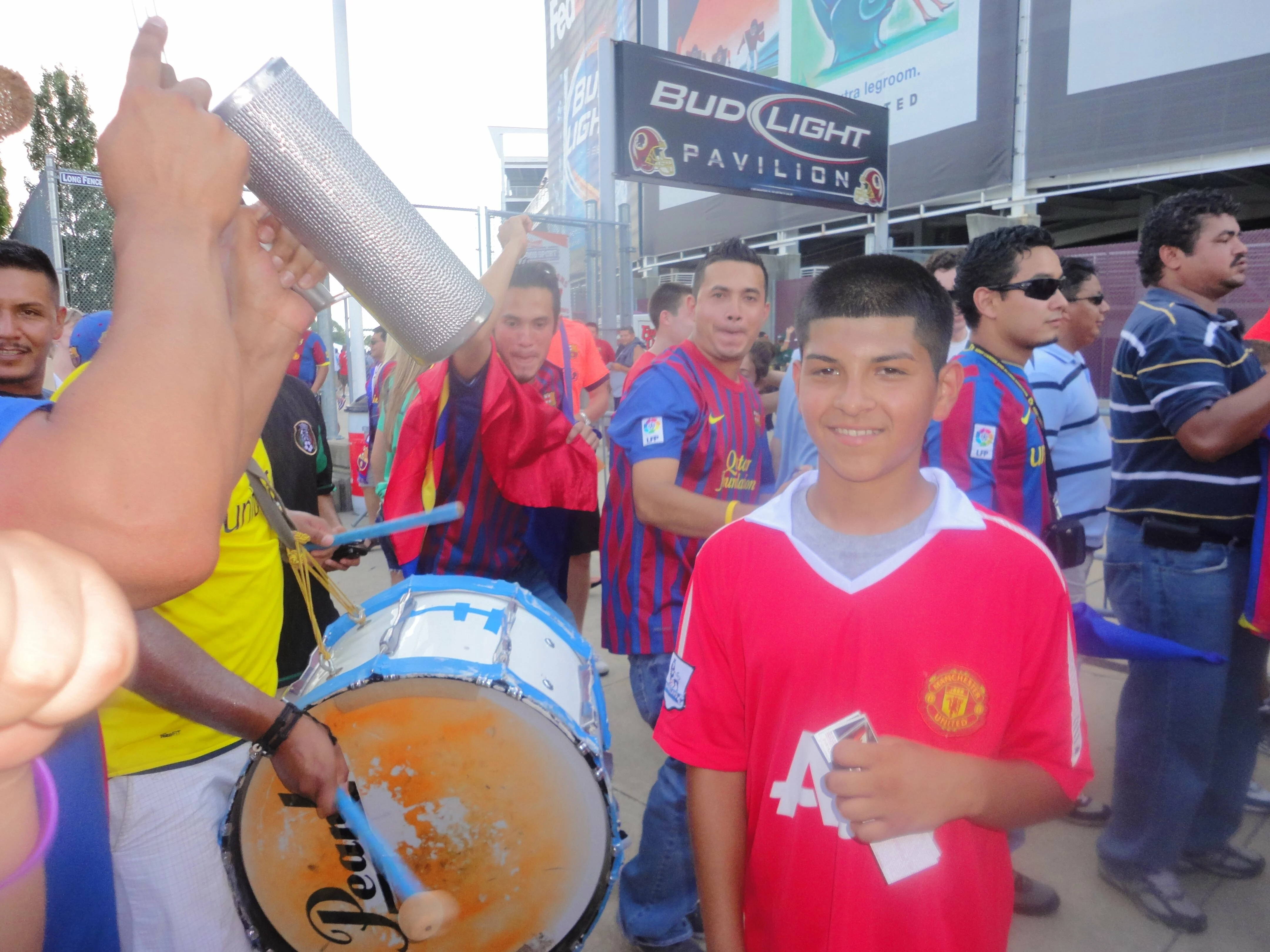
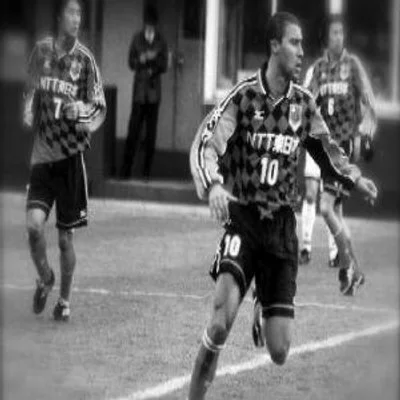
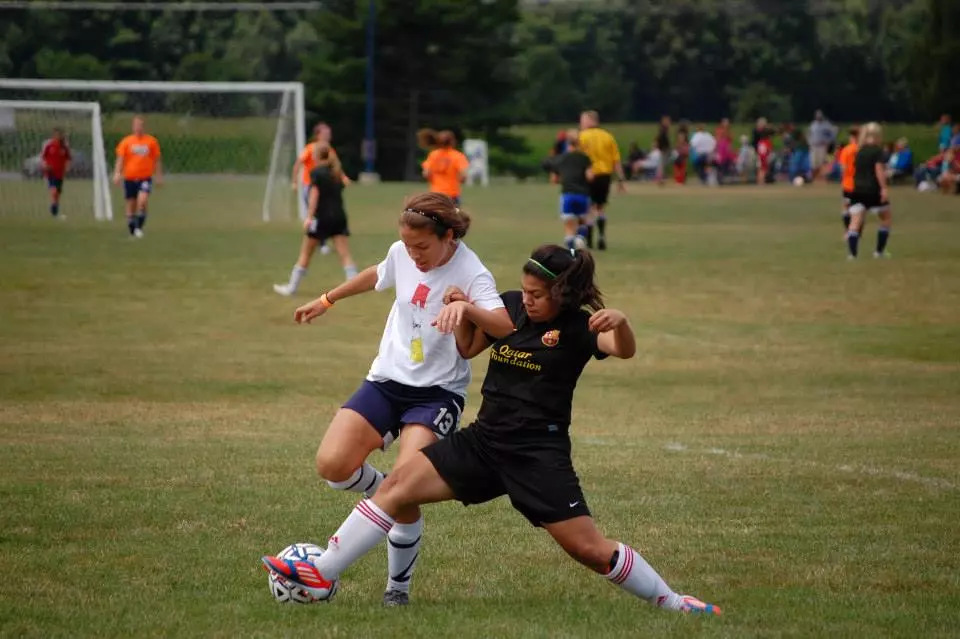
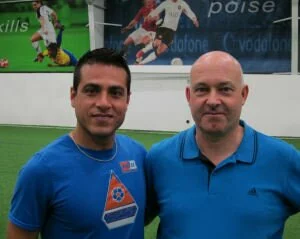
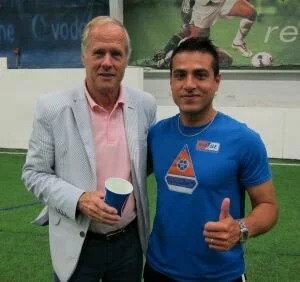
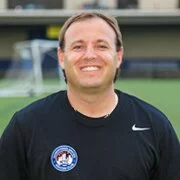
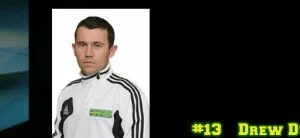
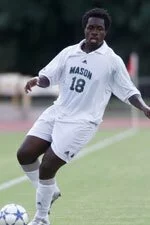
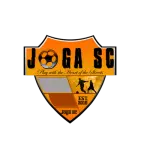 In episode 5, Kephern discusses why kids need to be independent, creative, and develop their own identity. How these factors allowed him to be successful as a player.
In episode 5, Kephern discusses why kids need to be independent, creative, and develop their own identity. How these factors allowed him to be successful as a player.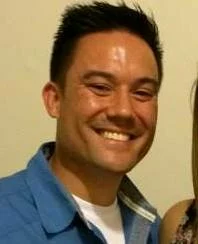
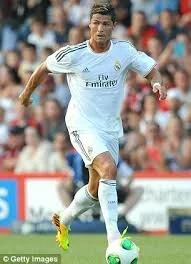 hat Free Play played a big role in his development. There were no coaches around on the street or at home following him around telling him what to do. It was all Free Play.
hat Free Play played a big role in his development. There were no coaches around on the street or at home following him around telling him what to do. It was all Free Play.